-
Posts
1,528 -
Joined
-
Last visited
Content Type
Profiles
Forums
Gallery
Events
Posts posted by vaddoc
-
-
-
A very elegant solution! Well done
-
Somethink does not add up. On the side view as well as the photos of the actual boat, the planking reaches the rudders and at that junction the stern appears vertical. On the top view plans though, it is clear that the stern is never vertical. Unless the side planks reach the outside of the rudders vertical but the planking inbetween the two rudders is at a different level and sloped. The side planks seem to indeed stop at the rudders.
Apologies if I am over analysing this, I tend to really over engineer and over loft my hulls!
- Keith Black, mtaylor, mbp521 and 1 other
-
 4
4
-
-
Thanks Michael, blocks it is then. The end is so close that I am starting to become impatient! To feel like a child is very rare in our ages but it does happen...
Some more pictures to explain the progress. I am not sure if they help because my camera is terrible, the boat large and there are ropes everywhere. Anyway, here it goes
The two dots are where the sheets will land, the inner for the staysail (inner jib) the other for the flying jib (mid jib). They will not rub.
The flying jib in set position
The staysail in set position
Michael, this is the knot you mentioned, no shackle needed
the top jib (outer jib) in set position, landing on deck and tied to a cleat on the side of the cabin
However, there are more ropes. The backstays land on deck and need to be clear of other ropes. The highfield levers actually have quite a travel and also need to clear sheets and cleats. This is the optimal position
and we are not done yet. There will be a rail, the aft most pole will be round about there and the 2 ropes through the pole will meet the deck somewhere close to the lever, these ropes need to stay clear away of everything else.
I need a leap of faith I think and start drilling.
Michael (and everyone else), common blocks will do to guide the sheets when they meet the deck or do I need to make some special sheaves/blocks?
- FriedClams, mtaylor, Moab and 9 others
-
 12
12
-
I think it is time for another post. Michael and Mark, again many thanks for your comments.
I ve spent some time thinking about things, searching the net and reading. When I started building this boat, I wanted to make it as complex as I could, so I could learn. But it is still a small 7 m boat so space is very limited.
Regarding the main sail, I did not make it very well thus the sag. Lifting the gaff does not correct it, it is not square enough. Now, the lacing, this is a misunderstanding from my side. I was not aware that it is kind of either or, outhaul or laced. I am now committed because the sail is full of holes and the boom full of hardware. I ll just pretend that the boat was built to allow the captain to use both ways and that the mainsail has had so much use that has stretched and needs changing. The sails will be furled either way.
Regarding the rest
1. Cleats will be moved to the outside of the coaming, with one cleat added to the side of the cabin
2. The outer jib sheet will course on the outside of the shrouds. Indeed this sail is set very loose so the sheet will not rub on anything.
3. Mark you are very right, Tom Cunliffe I thinks calls blocks on clews "widow makers". Still, looking on photos, many large sail boats use them. In all honesty however, I think for this size boat a simple sheet with no blocks at all should be enough.
4. On the forestay (inner jib) I will reduce the power of the blocks, a 1:1 system should be enough
I played around on the boat, trying to arrange the eyes and sheets so that they don't rub. I think it will work but at the stern, everything will be very camped, mainly due to the highfield levers that take on a lot of space and need to move without catching.
I tried to tape things and have a complete rigging before I do anything irreversible but it is impossible as strong tape will lift the varnish and low tuck tape cannot hold thing firmly. So I will need to drill and install a few things. I think I will start with the eyes for the sheets of the 3 foresails and also I ll install the cleats.
In summary, could I ask for your advice on the following:
1. Is it ok if the flying jib (the middle jib) is sheeted straight without any blocks/purchases?
2. When the sheets reach the deck, do they need to go through a block/sheave or is a simple brass ring/tube like bellow adequate?
Regards
Vaddoc
- Keith Black, mtaylor, G.L. and 2 others
-
 5
5
-
-
-
Bob, it will be interesting to see how many coats you ll need to cover the grey primer. Hand brushing it took me a dozen or so
Regarding marking the waterline, this is the method I used. Advantage that you can just wipe it clean and start over.
-
-
This is very interesting. I must admit it is not easy to visualise how the ship will take shape but it is indeed fascinating to follow
-
Looking very good Kevin. I really like this boat. Mahogany is not only difficult to work with, it is very difficult to finish. I remember with a mahogany deck I struggled a lot, then after a few years the red colour has faded and is almost brown.
- popeye the sailor, BobG, Kevin and 1 other
-
 4
4
-
4 minutes ago, popeye the sailor said:
relaxing frustration
What a wonderful way to describe modelling! These last few weeks I seem to spend more time on my knees looking for pieces on the floor than on my stool.
- Knocklouder, Edwardkenway, mtaylor and 1 other
-
 2
2
-
 2
2
-
-
-
Keith, this is wonderful work!
- KeithAug and Keith Black
-
 2
2
-
-
This is one nice hull Bob! I ve never used an airbrush and know nothing about it so I am very interested to follow your learning curve with it. You do loose the therapeutic effect of brush strokes though!
- Ryland Craze and BobG
-
 2
2
-
I always seal the wood before painting, it leaves a very smooth surface, I do not like to paint raw wood. I often use primer, to improve adhesion but mainly to have a uniform colour as a base and reduce the number of coats of paint needed
I ve used automotive primers in the past and they are not very good for modelling. They spray very thick, take a long time to cure and are smelly. For a long time now I ve been using Humbrol primers that come in red, white and grey, the latter I find is the most useful. They are expensive but very nice-no nasty smells. It leaves the surface smooth but a quick pass with 400 grit could be done.
My experience is that trying to fill imperfections with primer will not work, I remember spraying layer after layer of thick automotive primer and sanding in between, still the imperfections were visible. Really the surface needs to be prepared before the primer goes on
-
1 hour ago, Moab said:
what material is used for the sails.
Thanks Moab! Due to the large scale, it is easy to find a fabric that looks ok-ish. This one is curtain liner, off white, £8 per square meter.
- Moab, mtaylor and michael mott
-
 3
3
-
-
18 hours ago, michael mott said:
I have preferred to have my mainsail on my sailboat loose footed and it allows for a nice shape.
17 hours ago, Mark Pearse said:I also prefer a loose foot
Dear both
I am really very grateful for your help. Now, I need some time to digest your advice and explanations.
One way or another we ll get this boat rigged!
-
-


.thumb.jpg.6fd4c1b78768bb3efd745ab810936005.jpg)
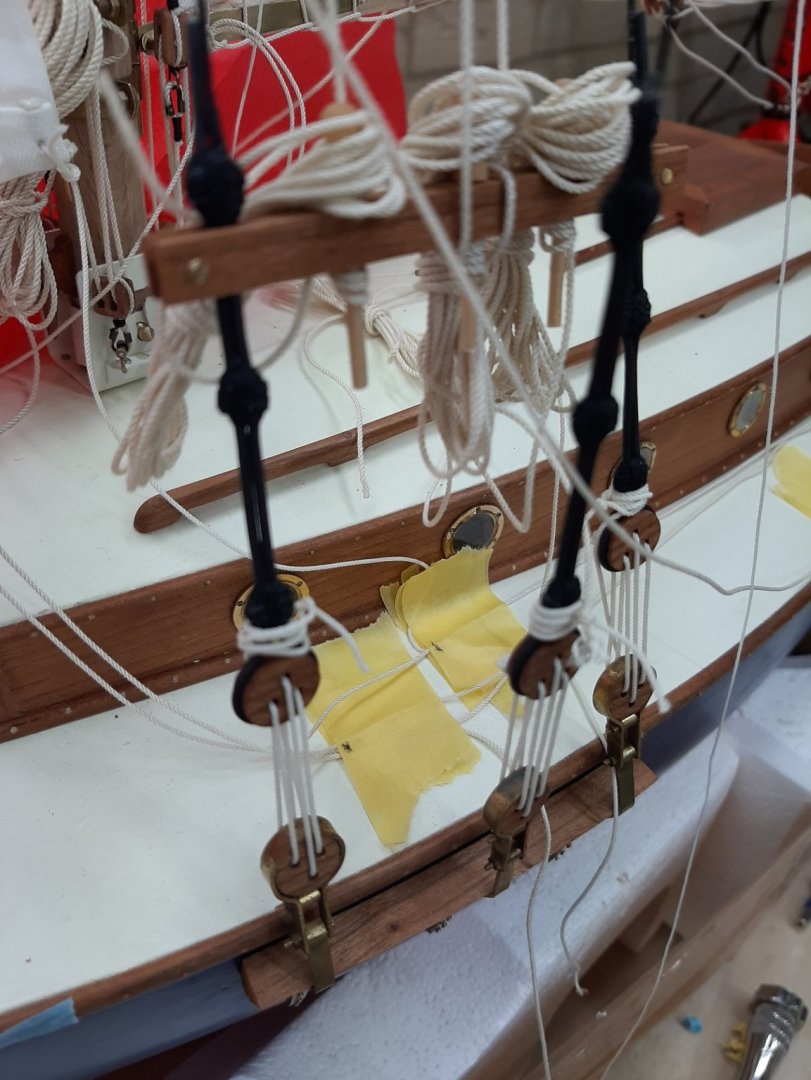
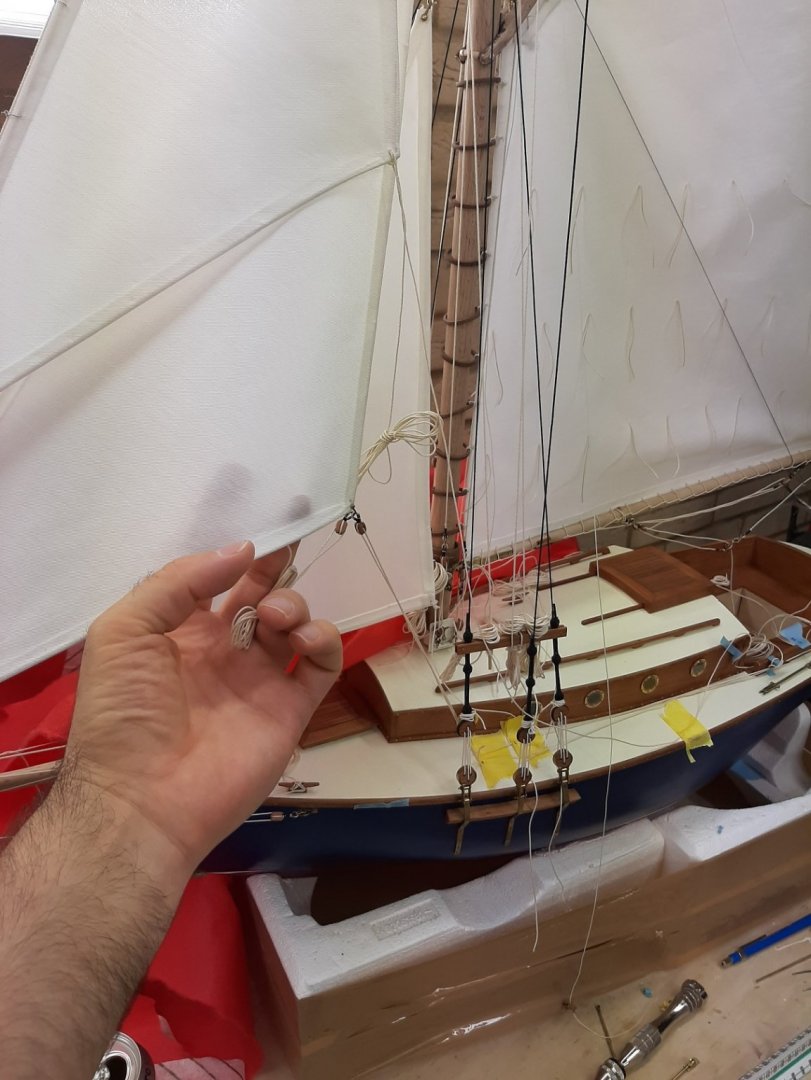
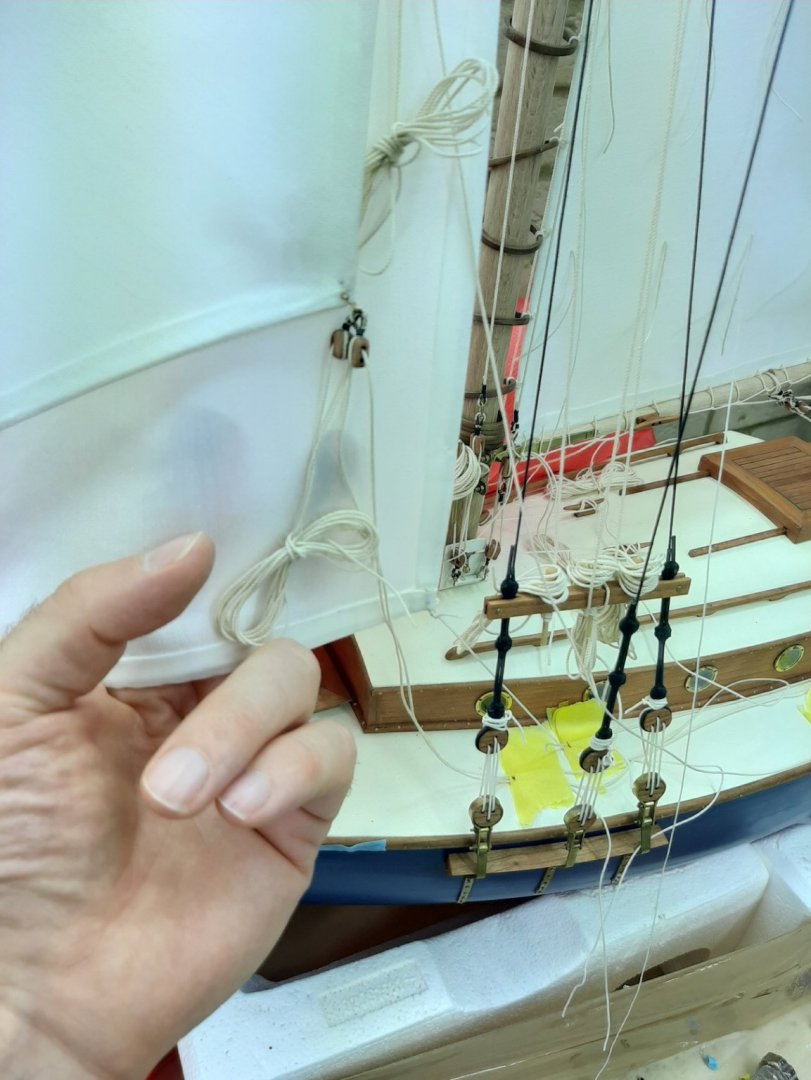
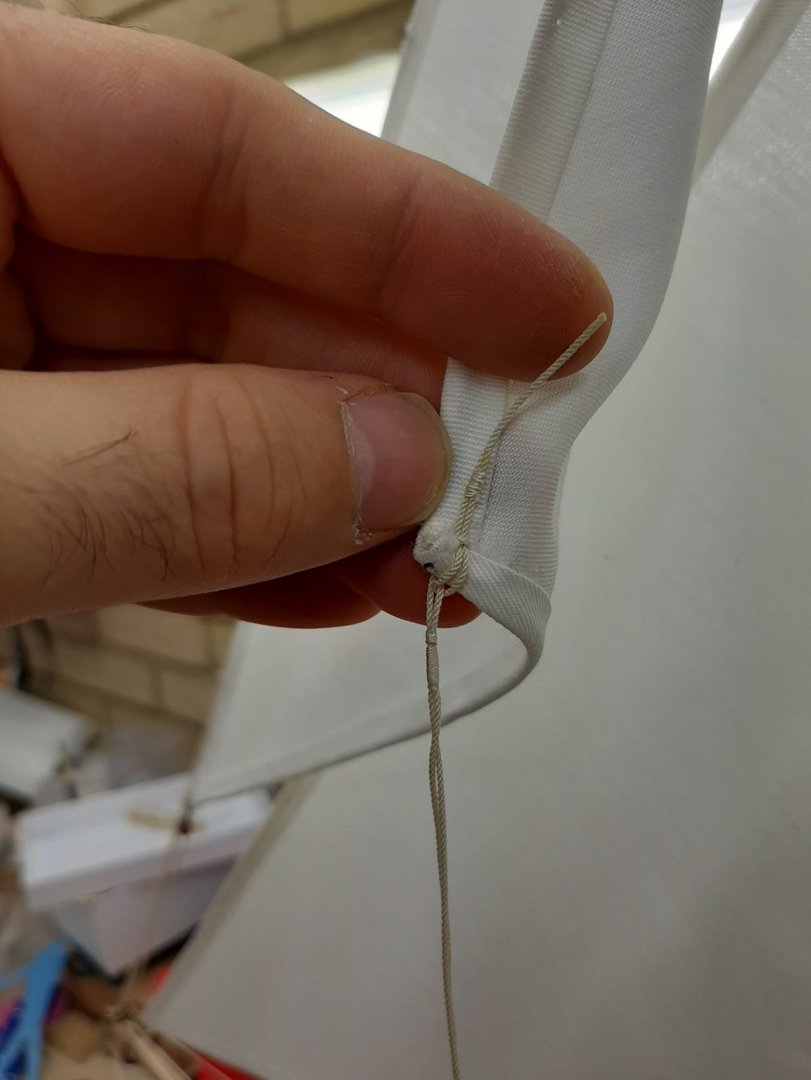

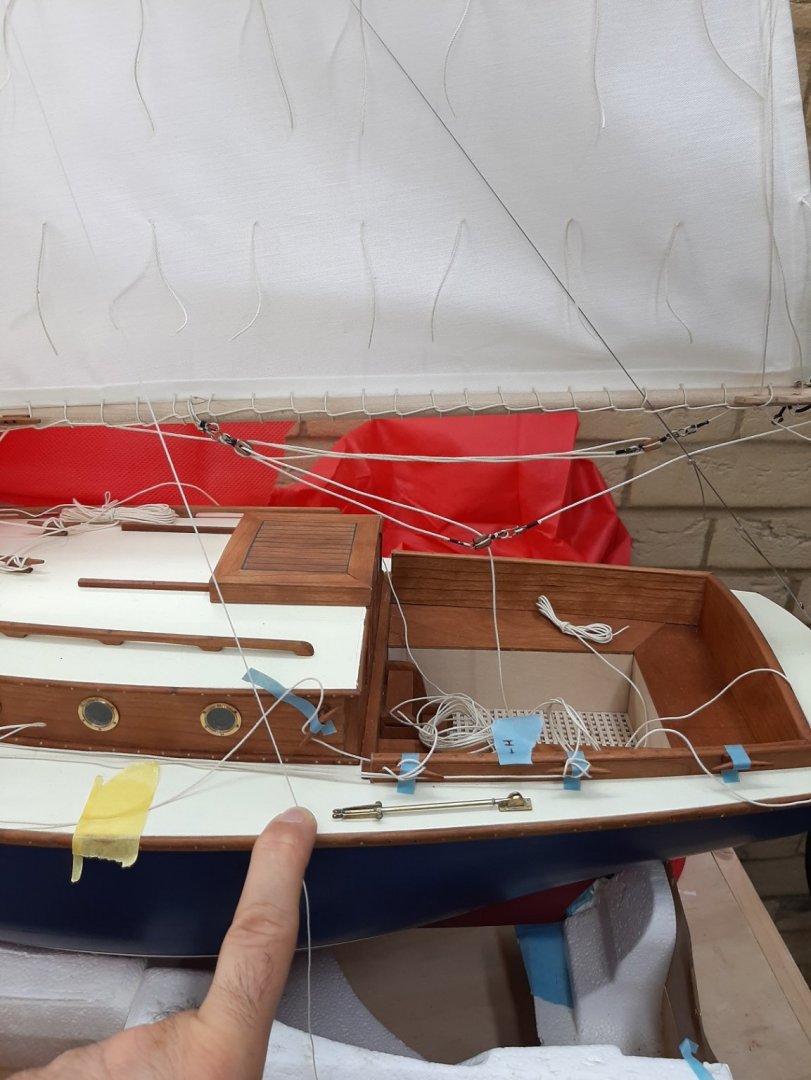
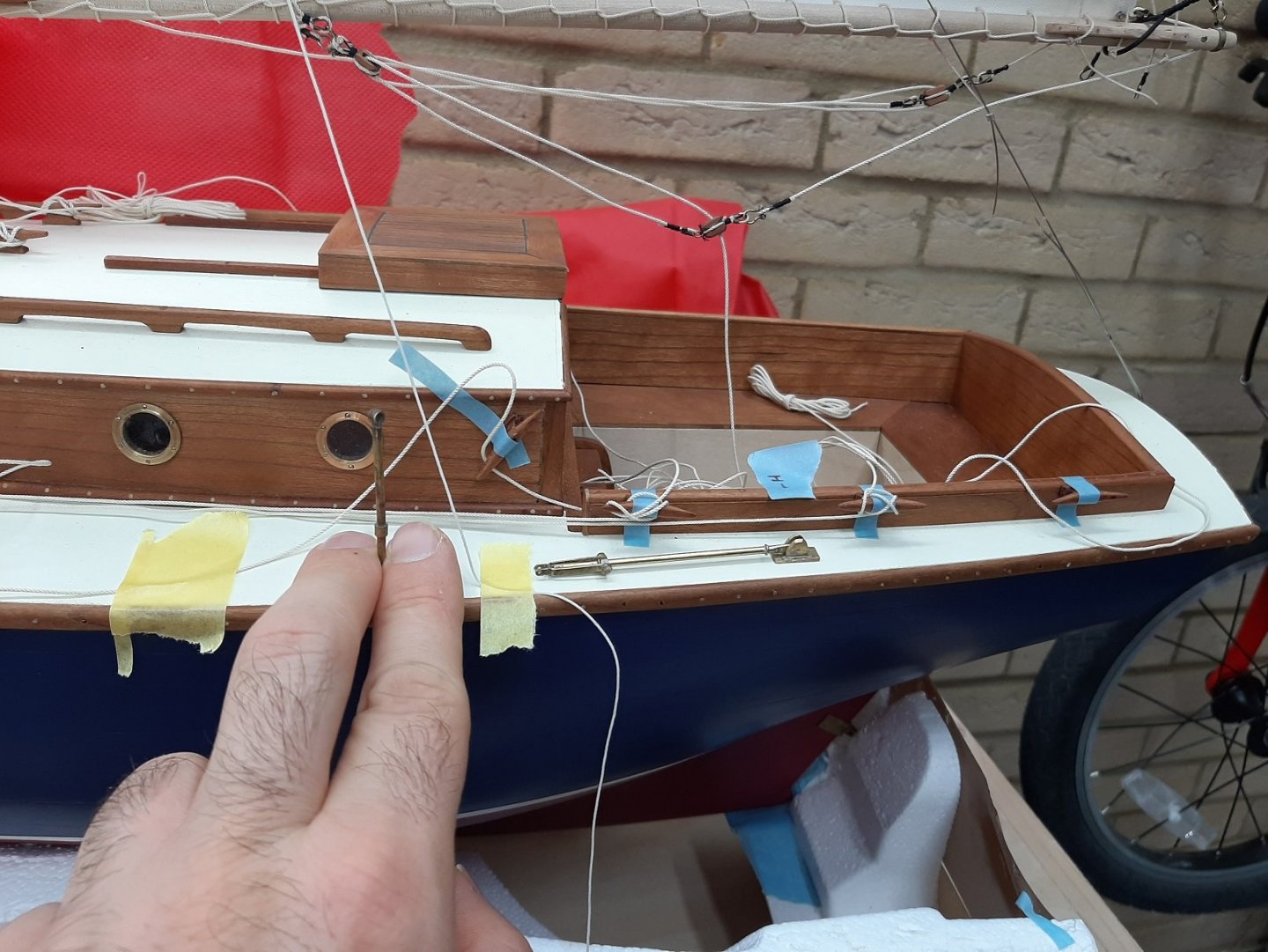
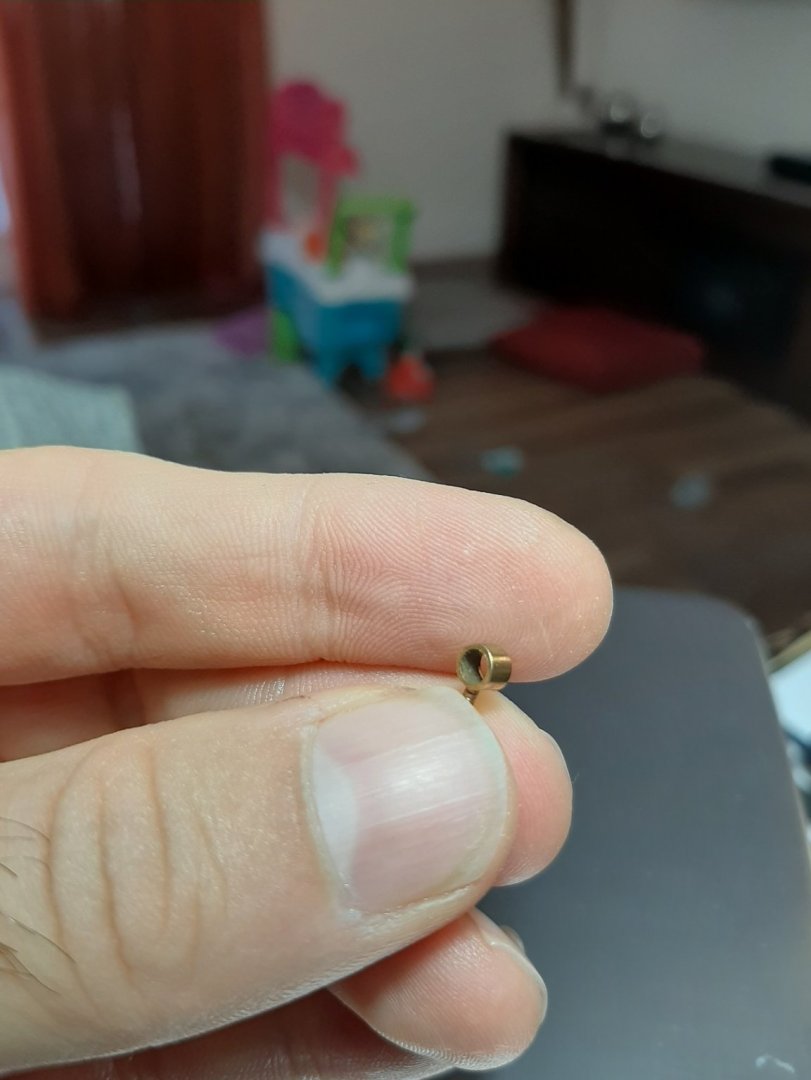
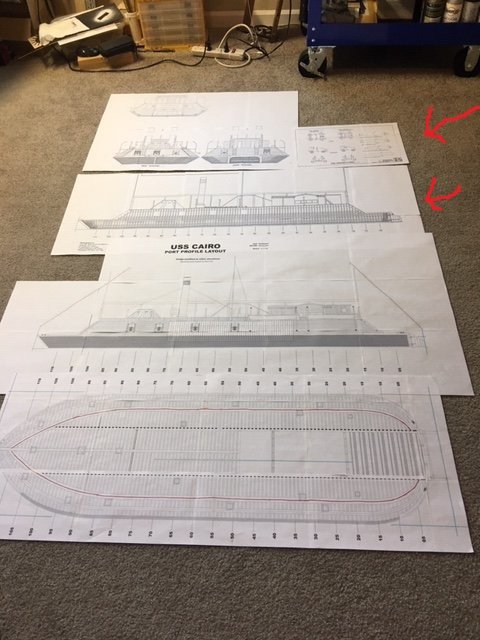
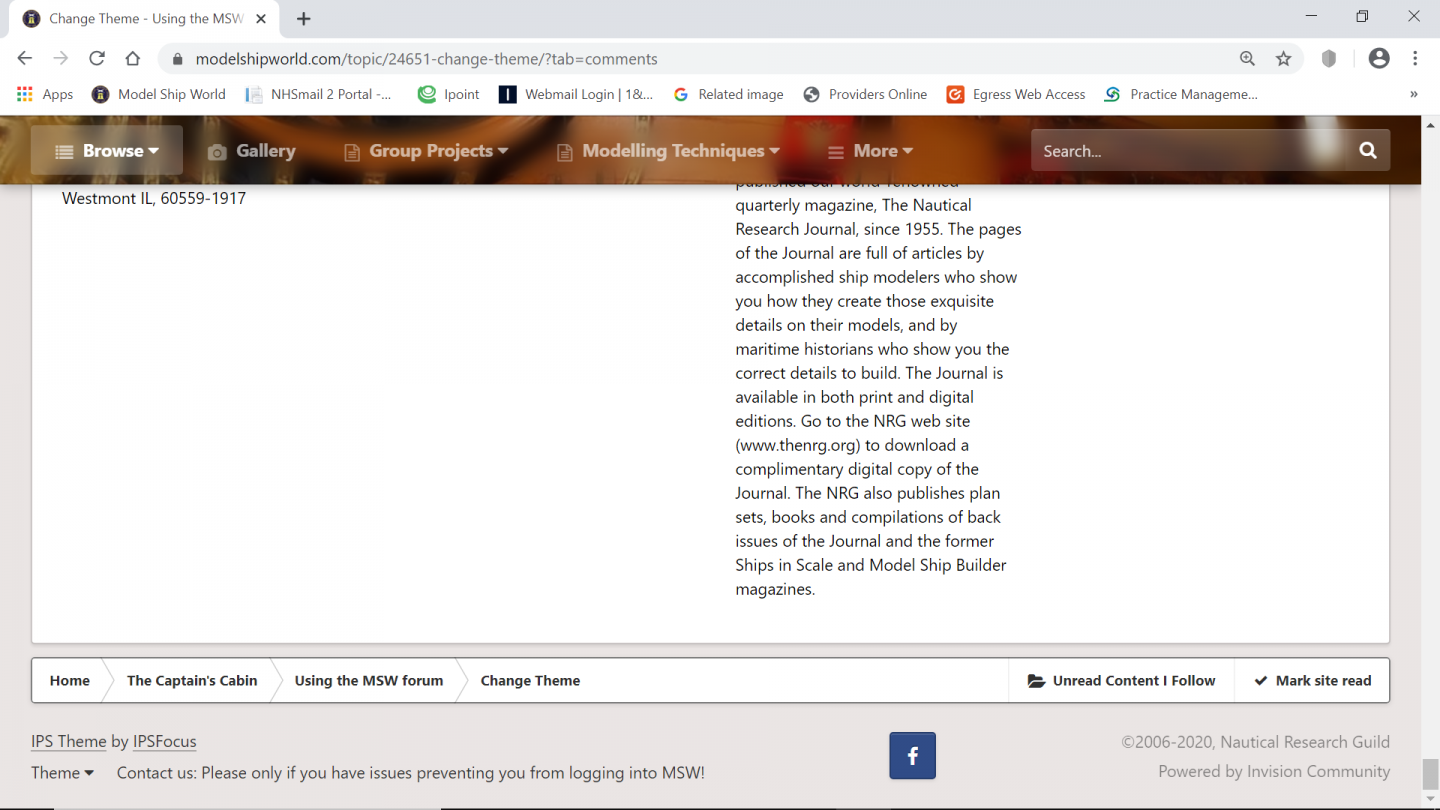
Mary Day by jdbondy - 1:64 scale (3/16" to 1 foot) - Schooner
in - Build logs for subjects built 1901 - Present Day
Posted
This is a very interesting project and you are making good progress. You mentioned earlier about molded shapes of frames, what exactly do you mean?